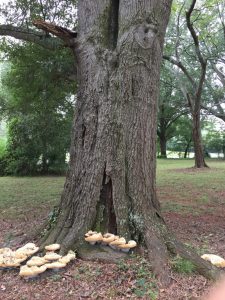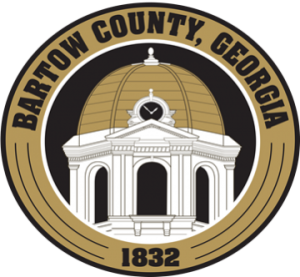 Maintaining trees is a lot like getting a routine dental cleaning—good, bad, or otherwise. If you don’t maintain your teeth or have them checked periodically by a dentist, then you run the risk of your teeth having major problems in the long term. Trees share many similarities to teeth. Older trees, especially, should be checked and maintained periodically by a certified arborist.
Maintaining trees is a lot like getting a routine dental cleaning—good, bad, or otherwise. If you don’t maintain your teeth or have them checked periodically by a dentist, then you run the risk of your teeth having major problems in the long term. Trees share many similarities to teeth. Older trees, especially, should be checked and maintained periodically by a certified arborist.
If you don’t take the time to maintain your landscape trees, they often run the risk of developing wood rot inside open cavities, root decay, cracking, or breaking. Sounds a lot like if you don’t maintain your teeth! Unfortunately, these problems are irreversible and may require tree removal once they become a potential hazard. Ultimately, it costs more to remove and replace a tree (just like a tooth) than to maintain it in the long term. If you like your trees, you should invest in proper maintenance to extend the life of the tree.
A certified arborist has the training and tools necessary to perform a tree risk assessment. This assessment considers the potential of the tree to fail, the environment that may contribute to failure, and the potential target. Annual tree assessments are more effective than one-time inspections in order to monitor changes that might occur over time. Certified arborists can also do routine tree maintenance and risk management tasks such as pruning dead or diseased branches, scouting for insects and diseases, and treatment, if necessary. Not all insects and diseases are practical to treat and some are of minor concern and may not need treatment.
Training young trees with proper pruning techniques can avoid future structural defects that cannot be corrected later. For example, it’s cheaper and easier to correct problem branches while they are small to avoid growing into houses, power lines, etc. Weakly attached branches should be removed while they are small to avoid breaking. Codominant stems should be corrected on small trees since they have a high risk of failure. Certified arborists can also install lightening protection systems, cables, or bracing for trees that are high value in landscapes. These protection systems are optional, depending on how much you are willing to invest in your trees and what level of risk you find acceptable.
The most important practice for tree maintenance is protection from mechanical injuries, drought stress, and herbicide damage. Trees need space to grow without competition from other plants and collateral damage from lawn maintenance such as mowers hitting roots, string trimmers damaging bark, or herbicides leaching into the soil. The best option is to maintain a 3-inch layer of mulch to protect the roots from these issues and help conserve soil moisture during a drought. This is by far the simplest, cheapest, and most effective way to maintain a healthy tree.
The type of mulch isn’t that important. It could be a natural accumulation of leaves, pine straw, or the addition of shredded wood mulch. Natural mulch materials that eventually decompose are preferred over gravel or recycled rubber materials. Natural materials will retain moisture better and gradually add organic matter into the soil. Of course, to maintain this mulch layer you may need to add more to the tree every year, especially if you rake or remove leaves or pine needles rather than letting them naturally accumulate.
It’s important to extend an island of mulch far enough to cover the majority of tree roots. At a minimum, you should mulch as far as the tree’s canopy reaches. Of course, the more ground you can mulch, the better for the tree. Research has shown that the roots of a mature tree can extend twice the distance of the tree’s canopy. Also, realize that the mulch island needs to grow with the tree and may need to be enlarged as the tree matures with age. This may require adjusting your landscape bed lines and redrawing lawn borders periodically.
For more information about hiring a certified arborist, go online to www.treesaregood.org/findanarborist or https://georgiaarborist.org.
###
Paul Pugliese is the Extension Coordinator and Agricultural & Natural Resources Agent for Bartow County Cooperative Extension, a partnership of The University of Georgia, The U.S. Department of Agriculture, and Bartow County. For more information and free farm, lawn, or garden publications, call (770) 387-5142 or visit our local website at ugaextension.org/bartow.
